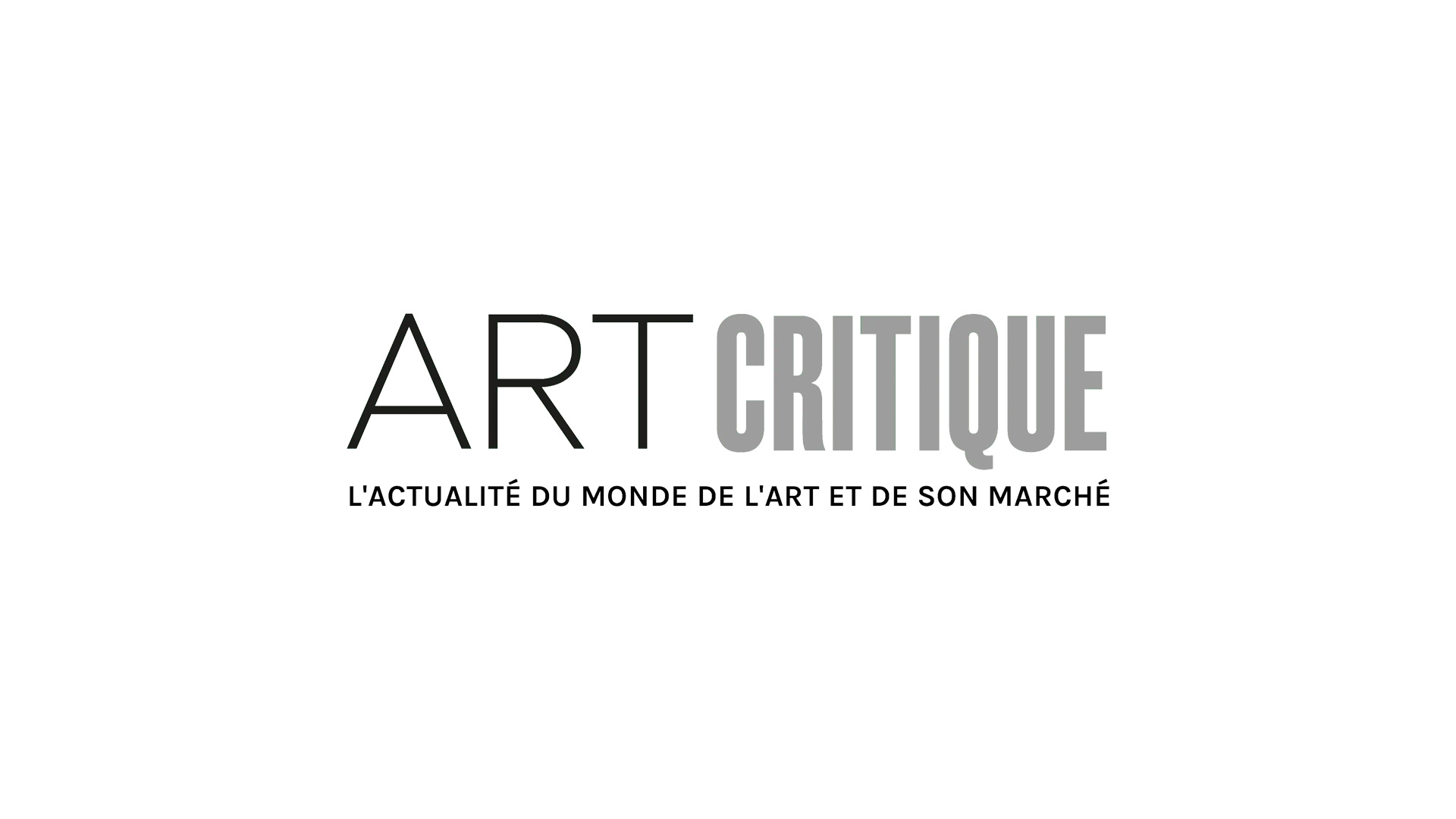Being in an enclosed art gallery could make anyone feel paranoid in times of a pandemic. Visitors who do brave the risks of leaving their homes could still have their doubts about being in a crowded space, people standing too close to them, or be skeptical of museums’ air circulation. The spectrum of control people have when attending an indoor art museum varies wildly when compared to the experience of visiting an outdoor botanical garden. How can we give visitors more space to enjoy artworks safely? The exhibition design field is rising to meet these evolving challenges that will likely persist well past a vaccine solution to COVID-19.
Exhibitions take years in the making. While some shows dealing with permanent collection objects have more flexibility, other exhibitions with works on loan from private collectors or other art institutions are more complicated. They require extensive agreements, insurance, and usually a courier to take them back and forth between spaces. When COVID restrictions began to hit museums last spring, this threw most museums’ exhibition schedules into a whirlwind. Not only did they have to rethink, postpone, or cancel entire exhibitions, they also had to re-design their current galleries to allow for more social distancing.
When many museums only allow 25% capacity, how visitors engage with the space becomes increasingly important. Avoiding bottlenecks and huddles is a primary concern. What does this mean for museum interpretation and experience? Visitors are likely to see fewer labels. Wall text can cause clusters of people all gathering to read them. This will require more work on the part of guests to inform themselves with pamphlets or going to the website for more context on the artwork before their visit. Videos and other materials that augment visitors’ experience will become simpler, shorter, or only available online.
Exhibitions design will probably continue to morph into a “less is more” approach. More artworks will be cut from checklists to allow extra space between objects and viewers. Galleries will consequently appear larger and be more open. Based on neuroscience research from the Peabody Essex Art Museum, we know that visitors tend to spend much more time viewing individual artworks earlier in shows than they do toward the end. Less work and more space will enable visitors to better pace themselves and enjoy the pieces without being overwhelmed or crowded.
A debated point of exhibition design is whether there should be just one path to experience an art show if there should be several routes. Most museums’ post-pandemic protocols have a “one way in, one way out” system of guiding human traffic. Some think this is a less effective way to manage crowds and that the more entries and exits possible in a space, the better for the visitors. However, studies from Peabody Essex Museum also revealed that when museum-goers see an exit sign, they tend to spend less time engaging with the art and feel a sense of urgency to leave.
COVID-19 will undoubtedly affect the way museums are built and renovated for decades to come. Having flexible gallery spaces where walls can be removed or auditoriums with seats that can be reconfigured will be highly preferable. Bringing the outdoors into the art institutions, a push that began well before the pandemic, will become a priority. Open-air cafes and bright glass hallways will gradually be the new normal for museums across the world. Gift shops could even become mini-museums themselves, where touching is a thing of the past, and where you browse to buy.
Condensing an exhibition’s message by having less artwork, text, and interpretive elements may enable visitors to have a safe museum experience, but it offers a more diluted way of interacting with art. Less accessible information and few to no tactile elements also make for less rich and less memorable visits. While it’s important to look at how to create the adaptable viewing experience possible, equally important is making sure we don’t lose valuable content and continue to find new avenues of connection between people and art.





